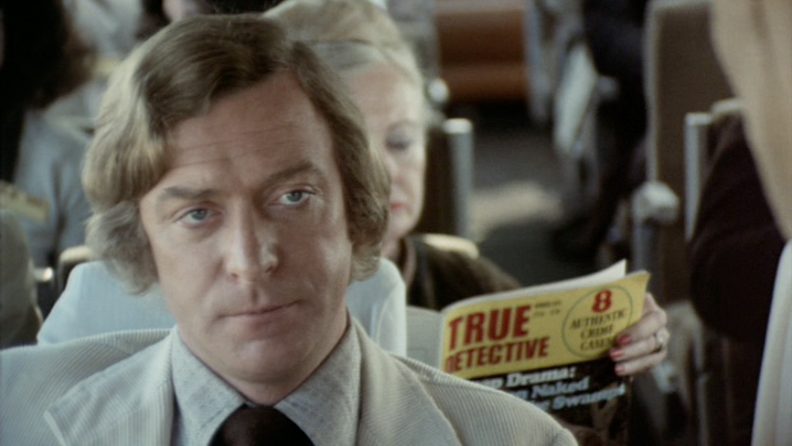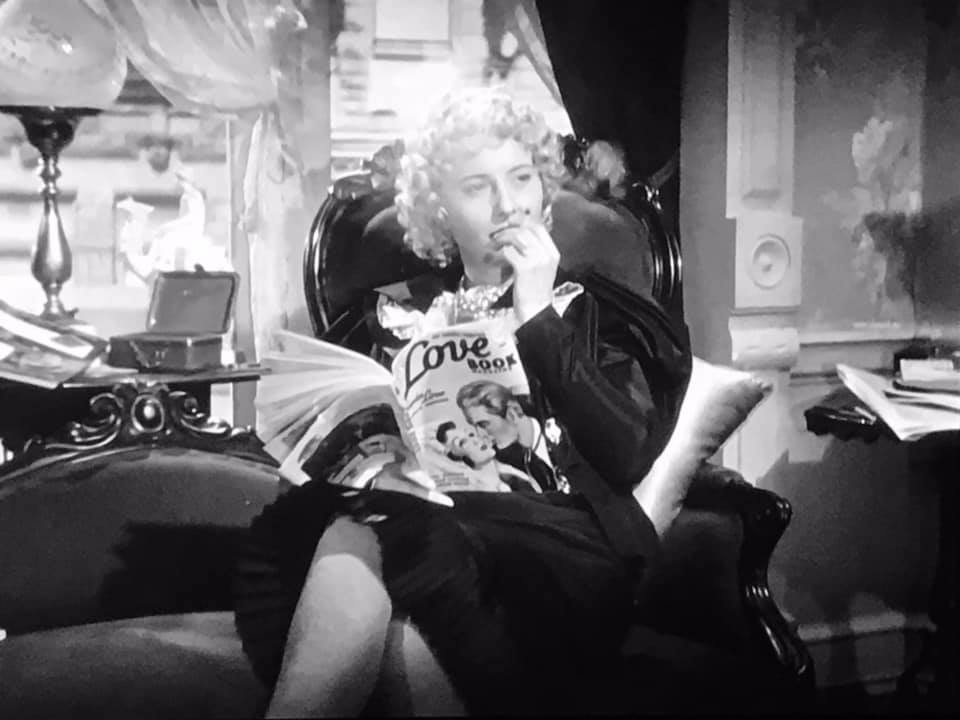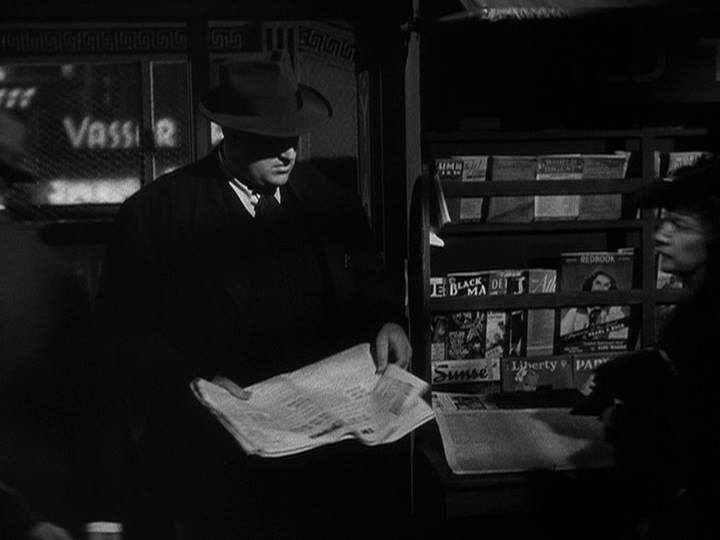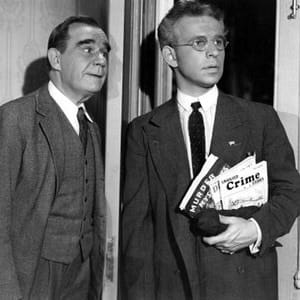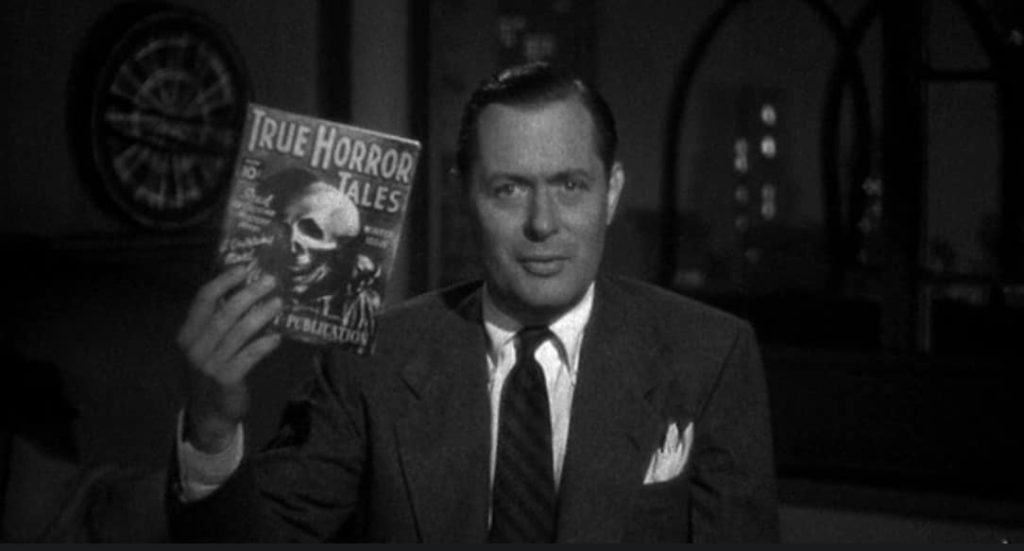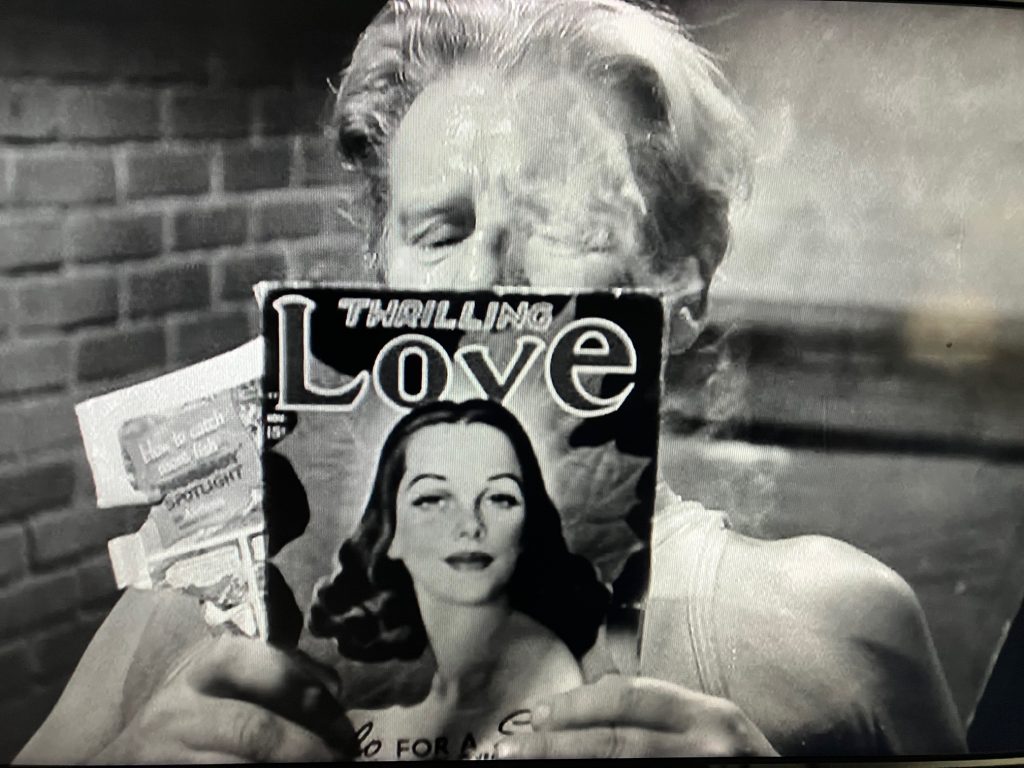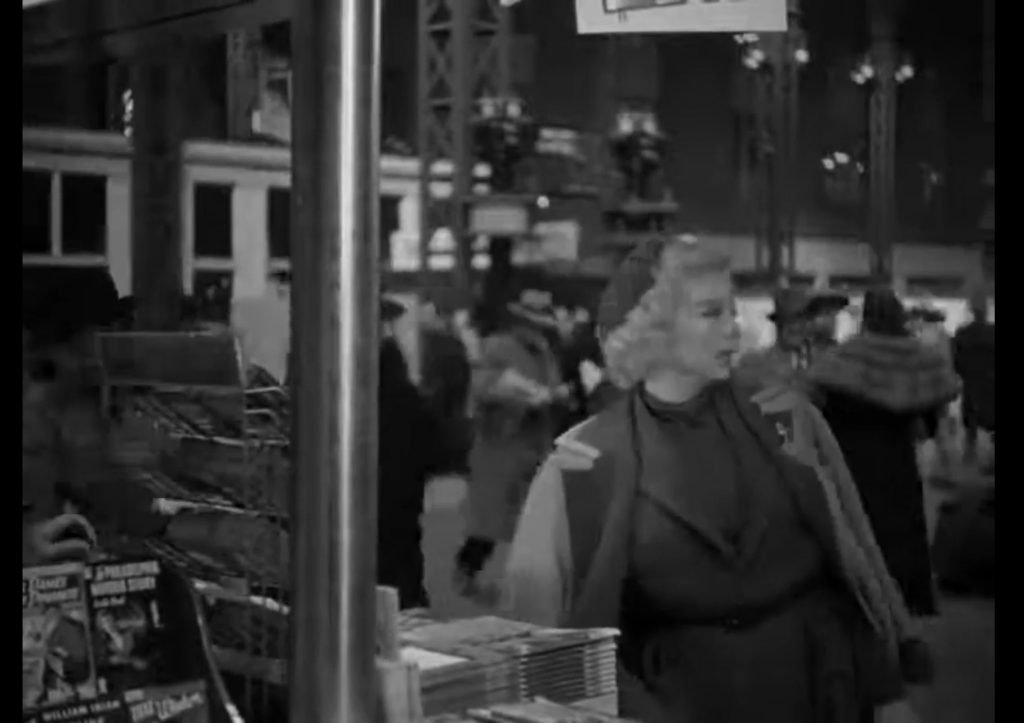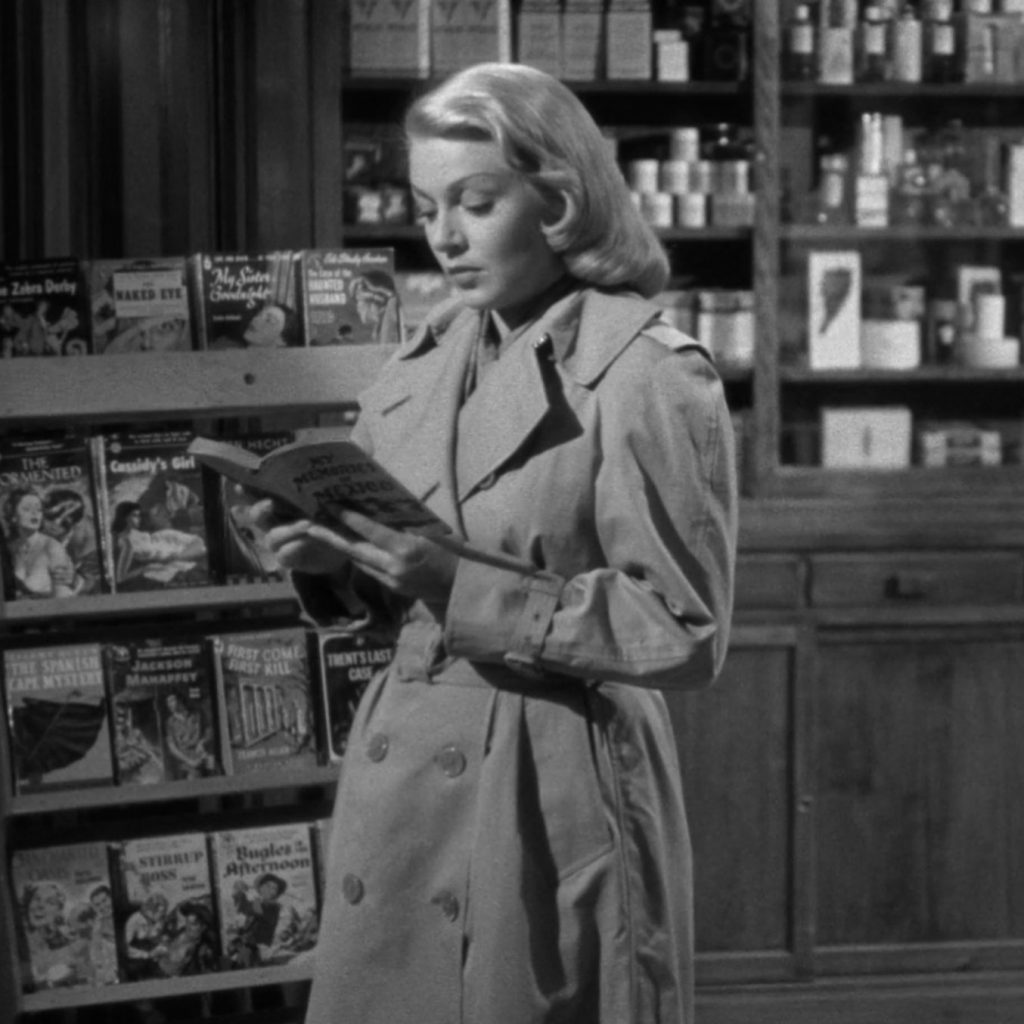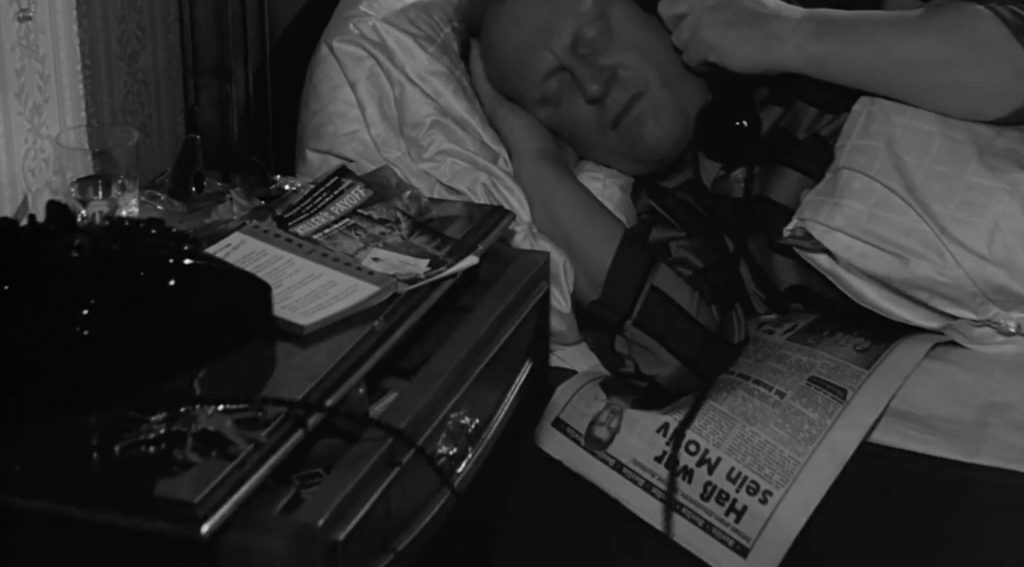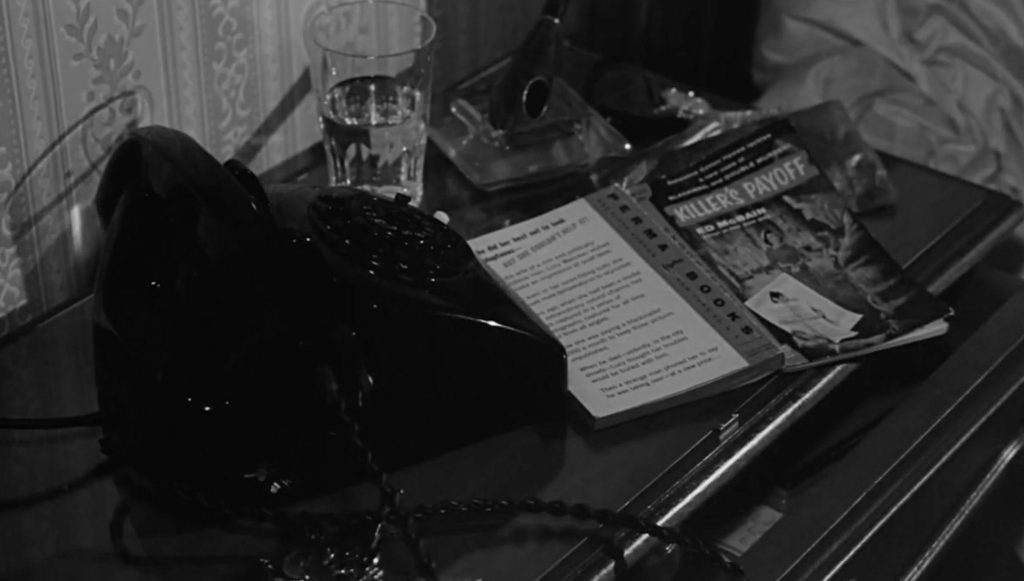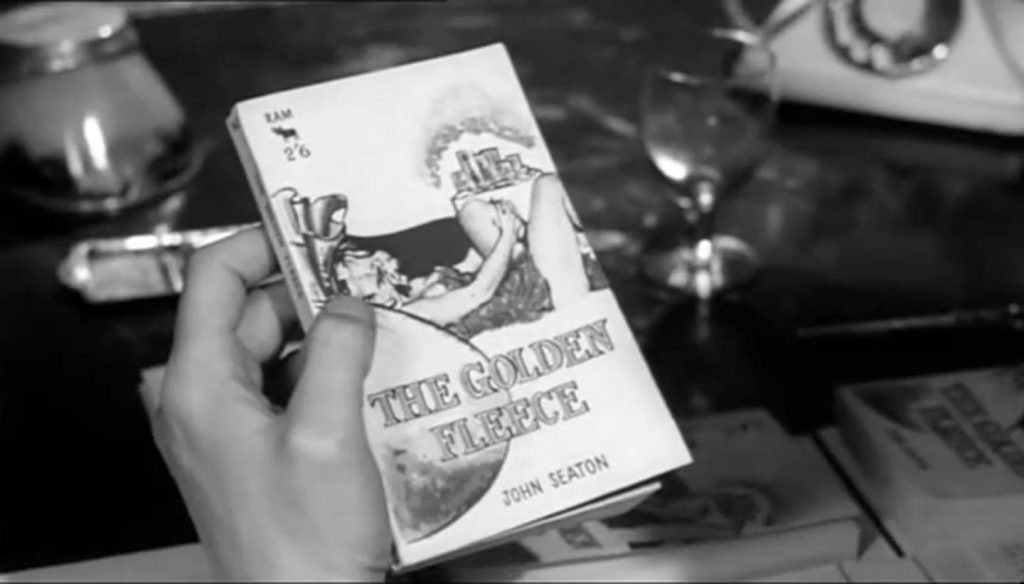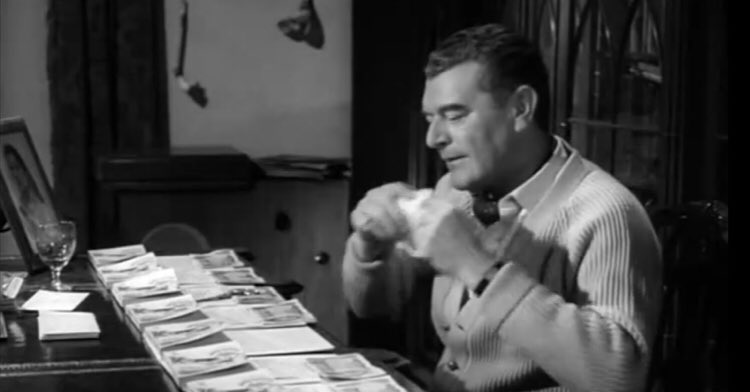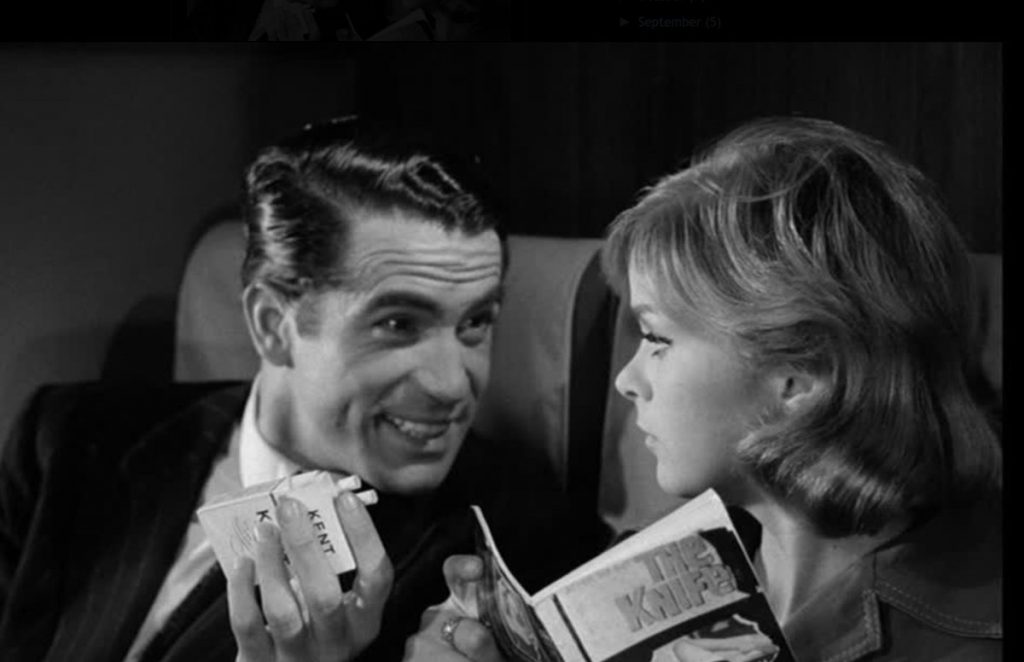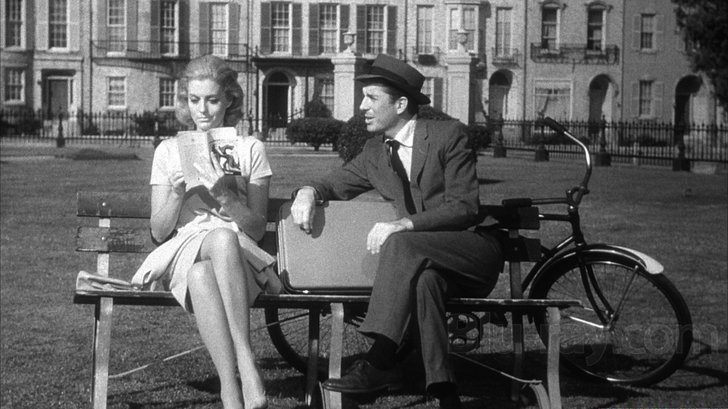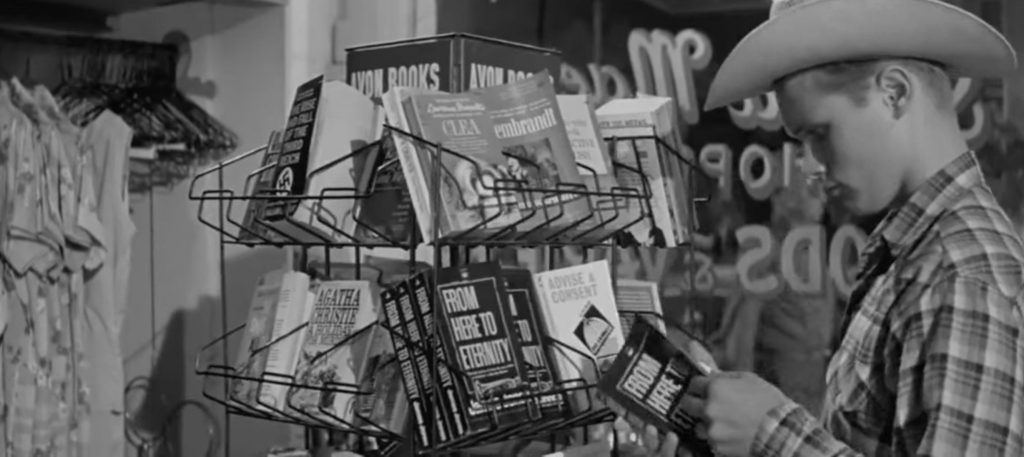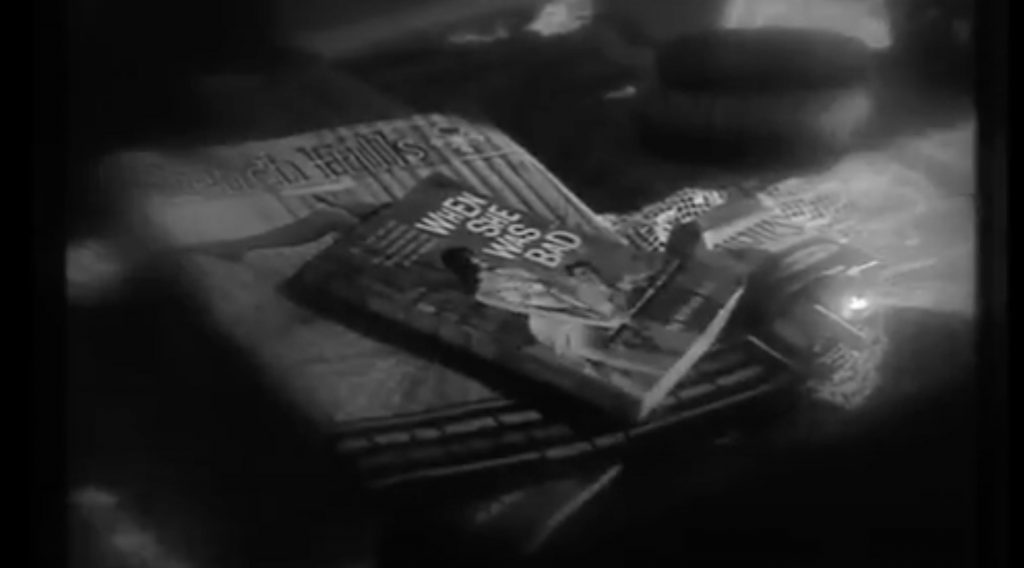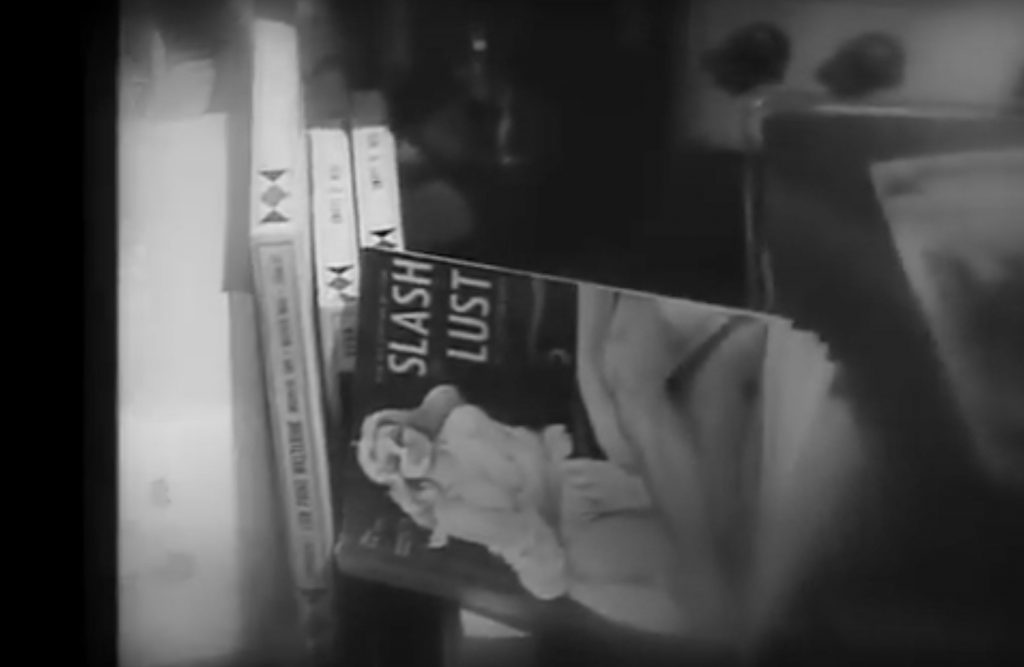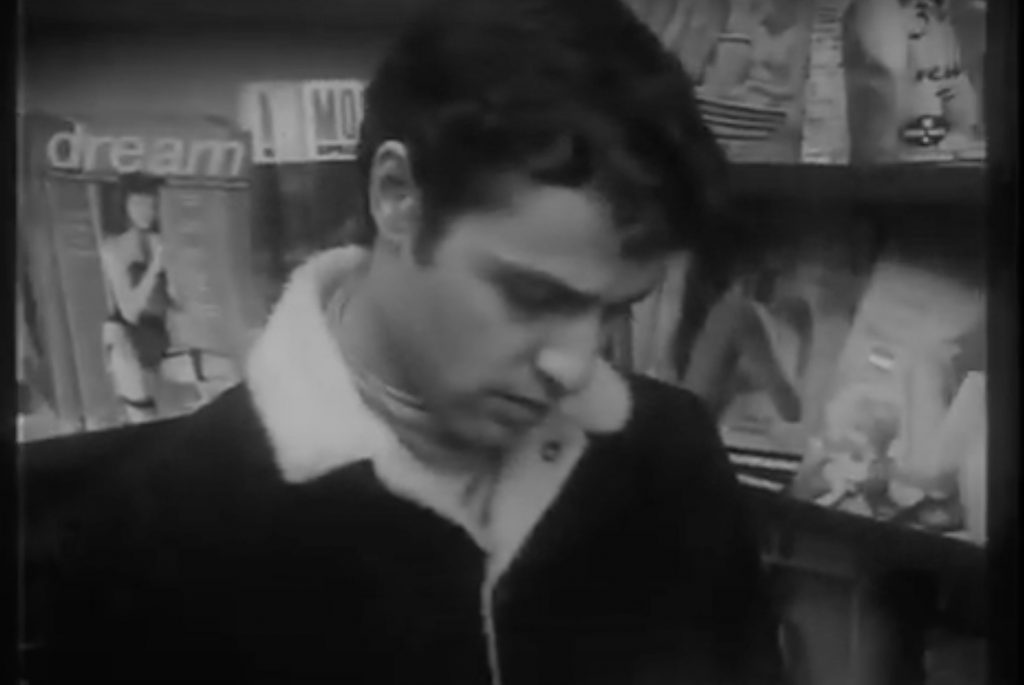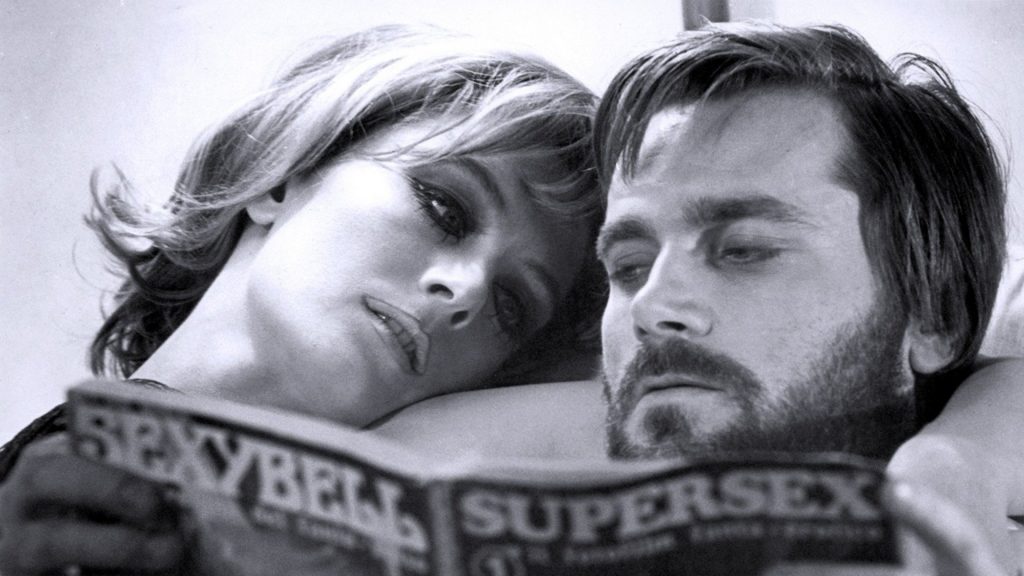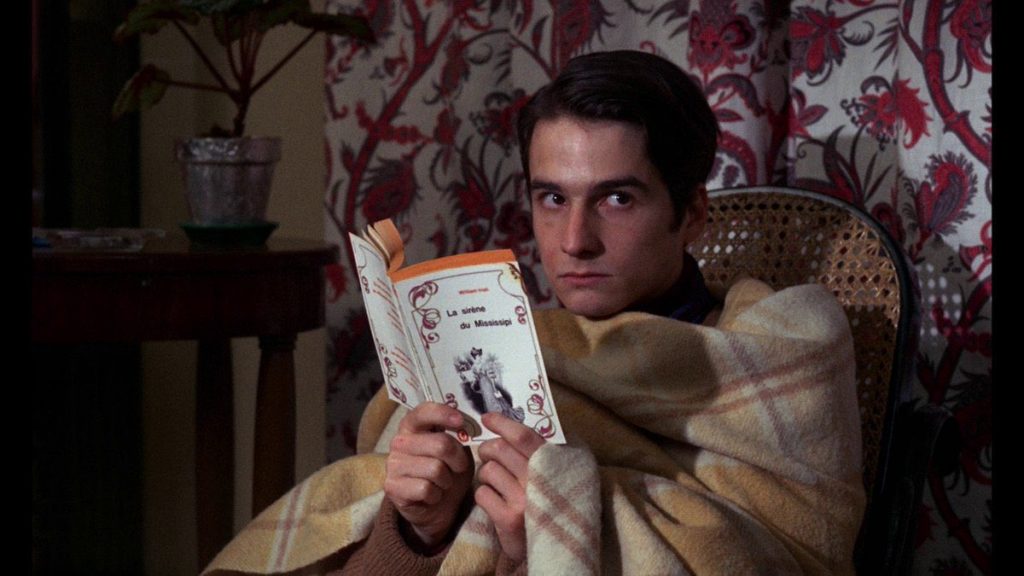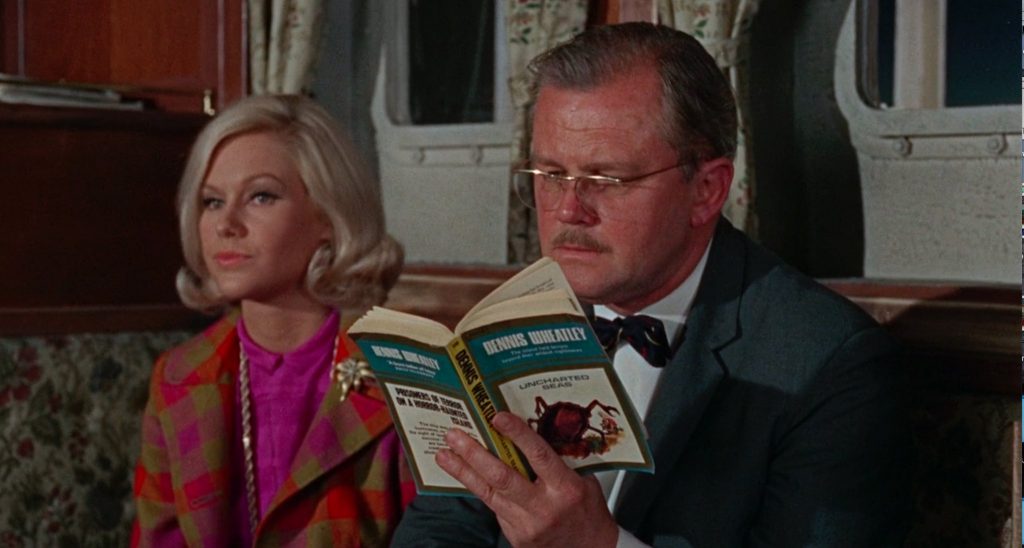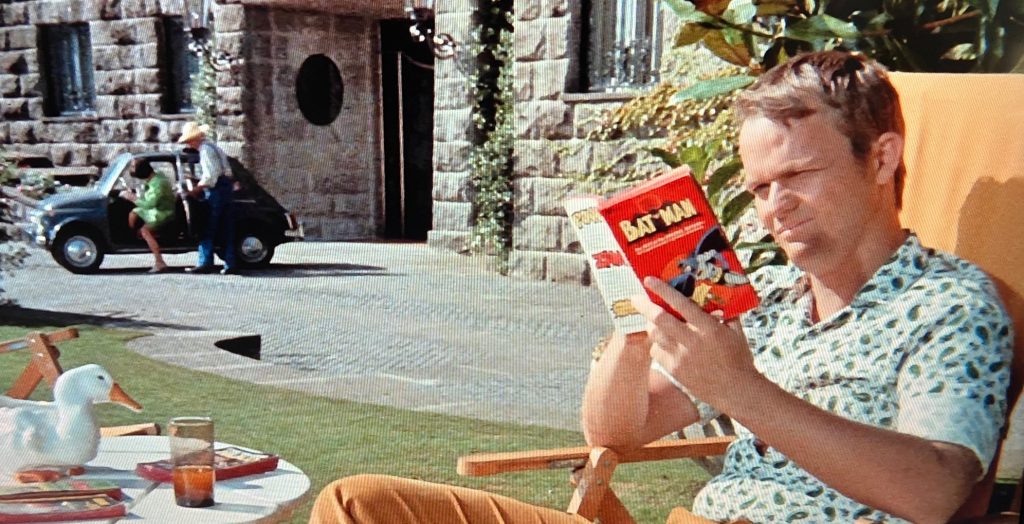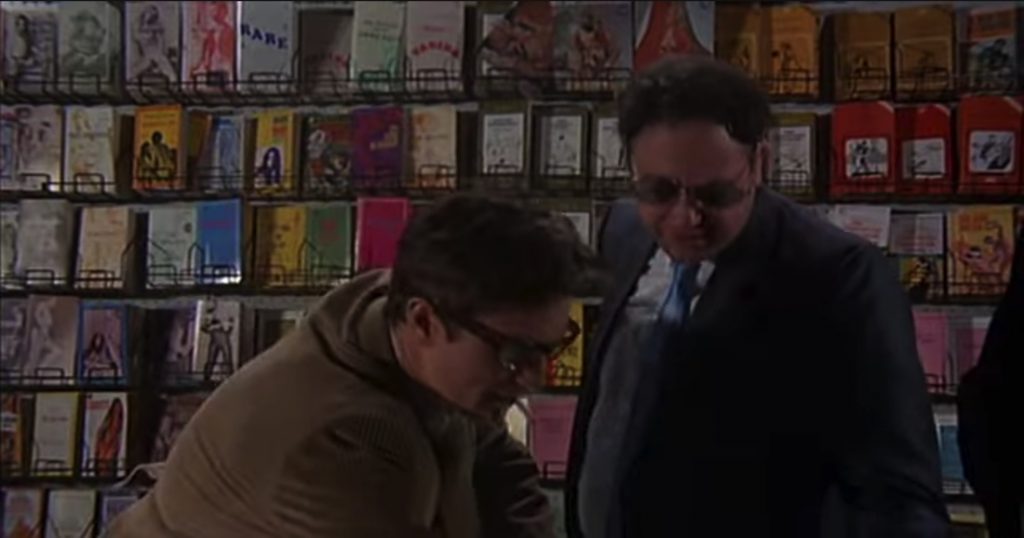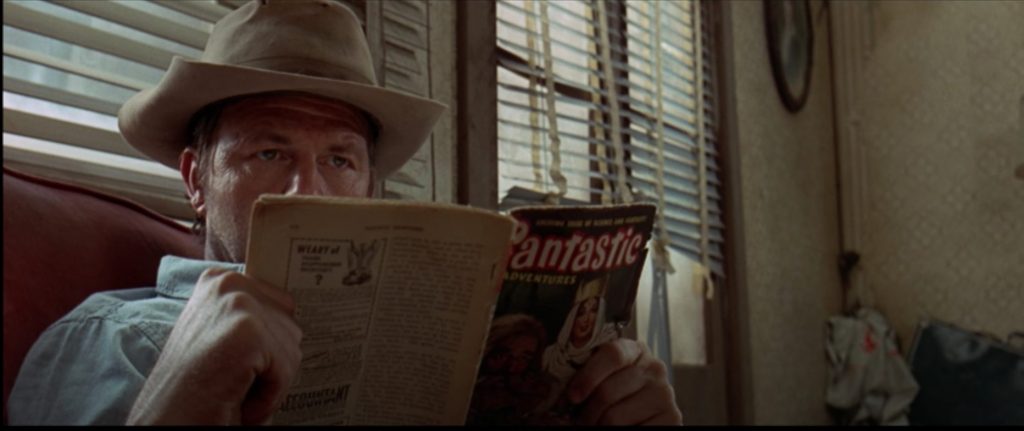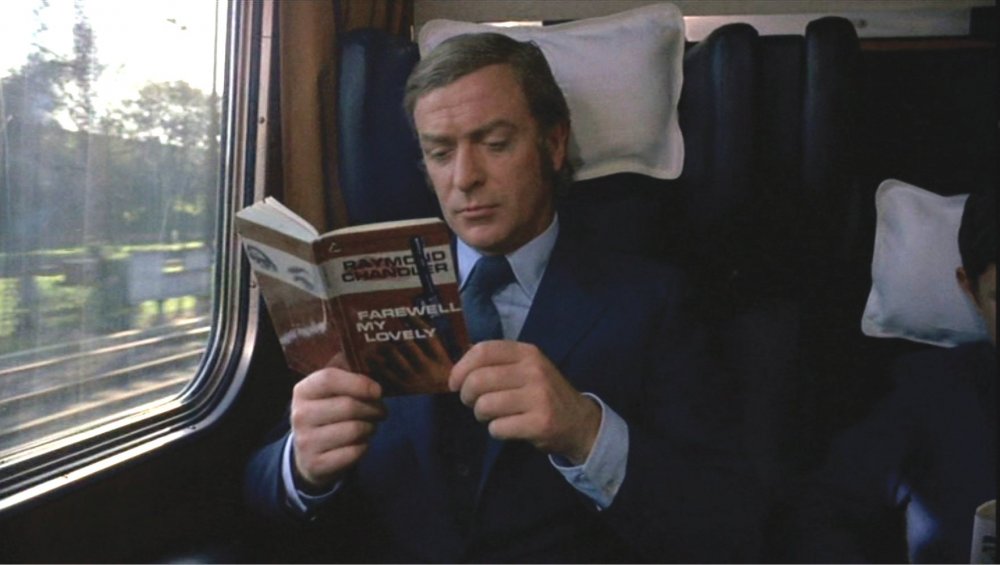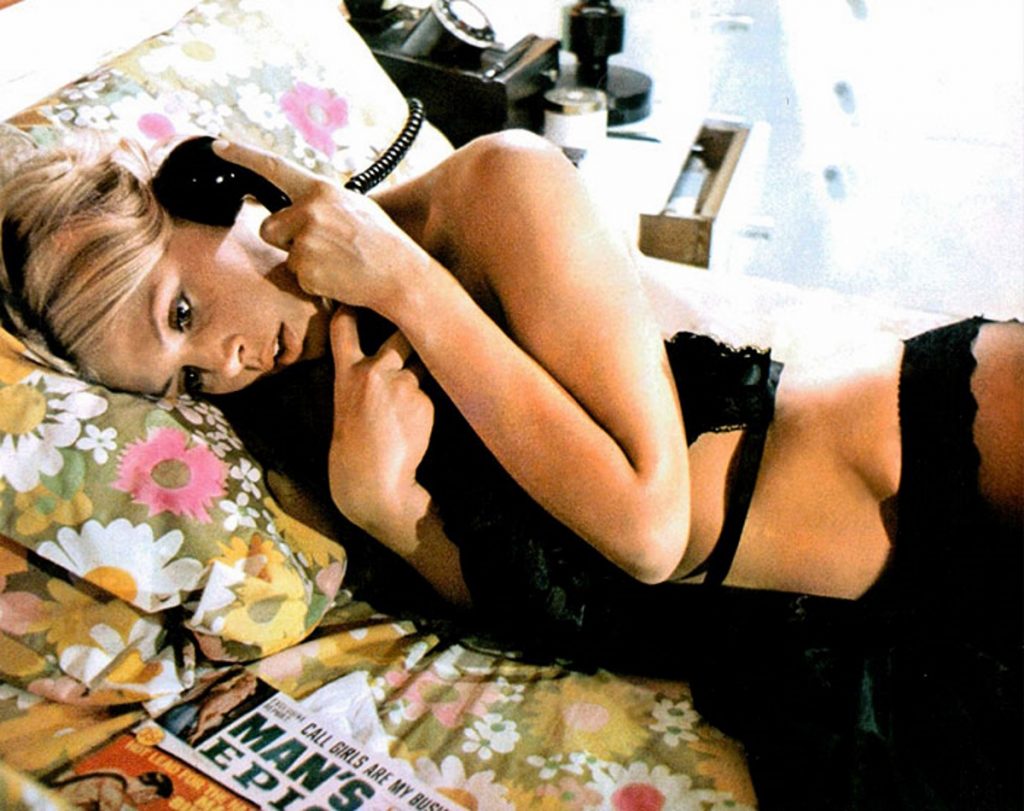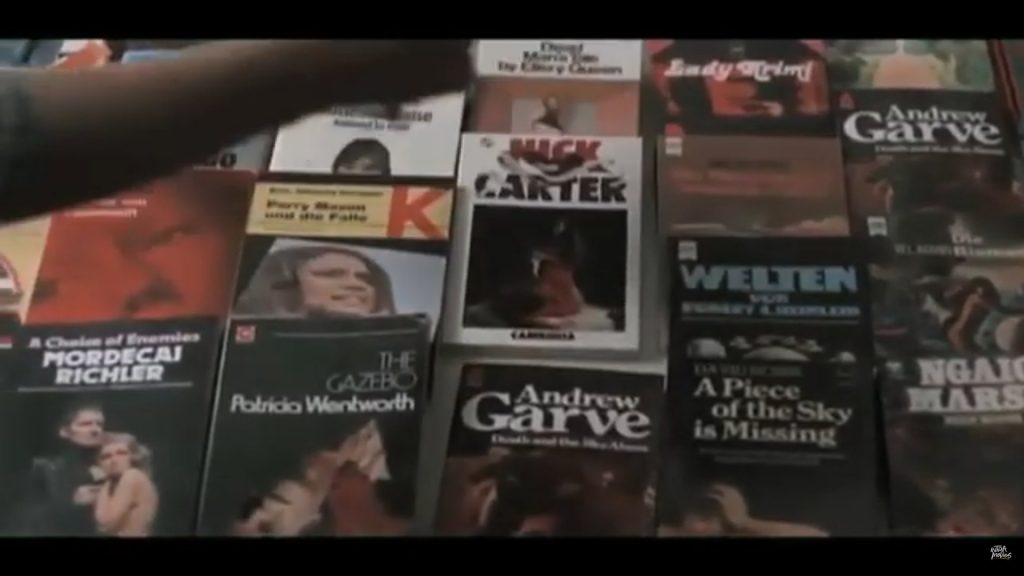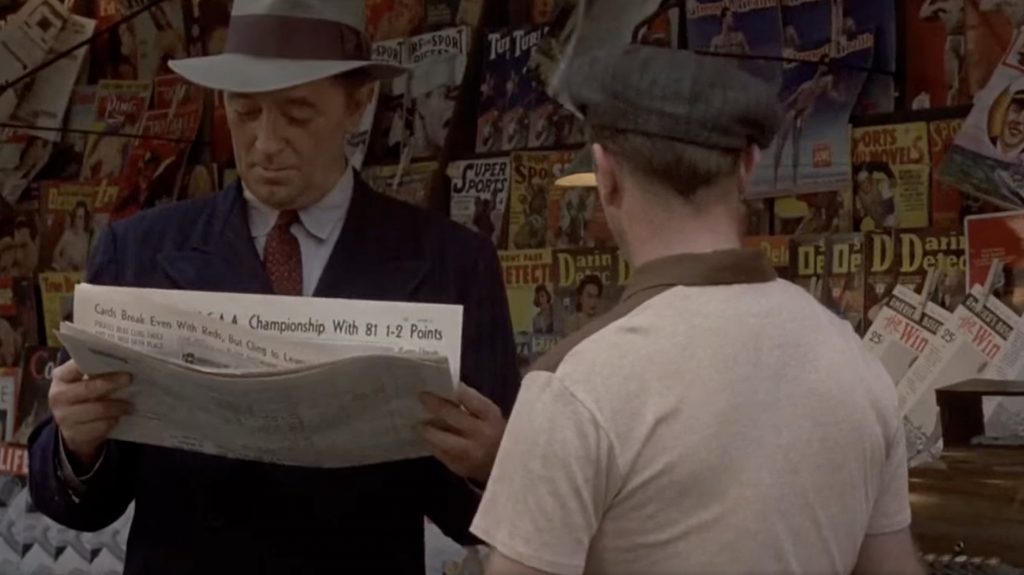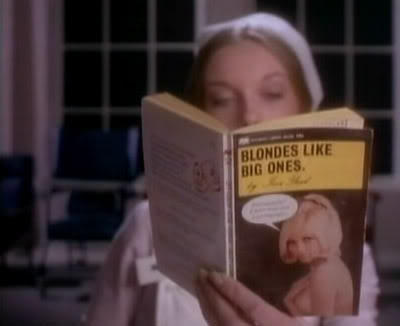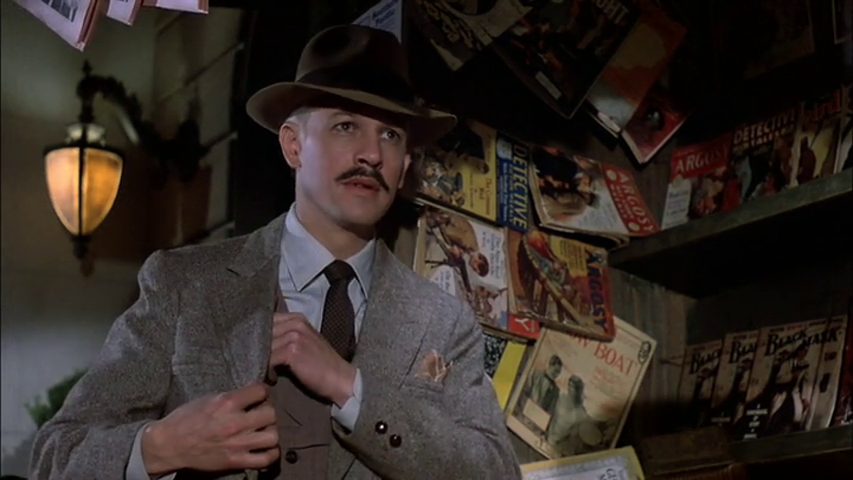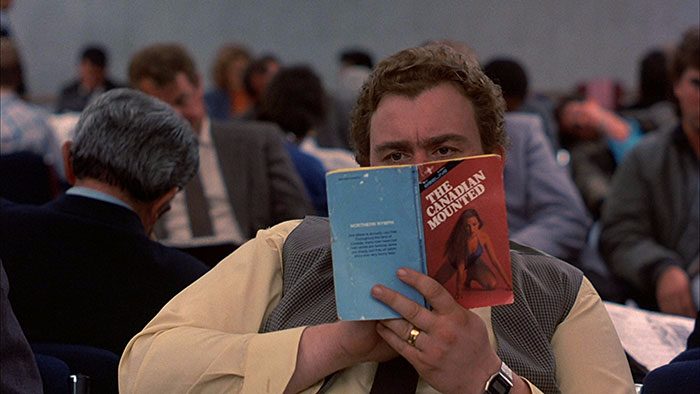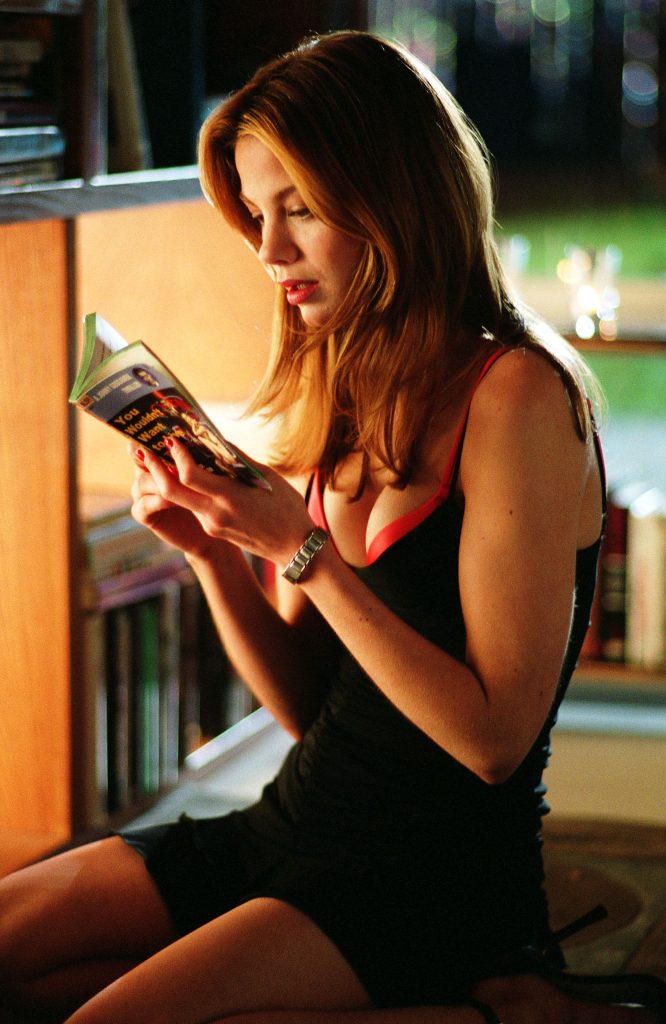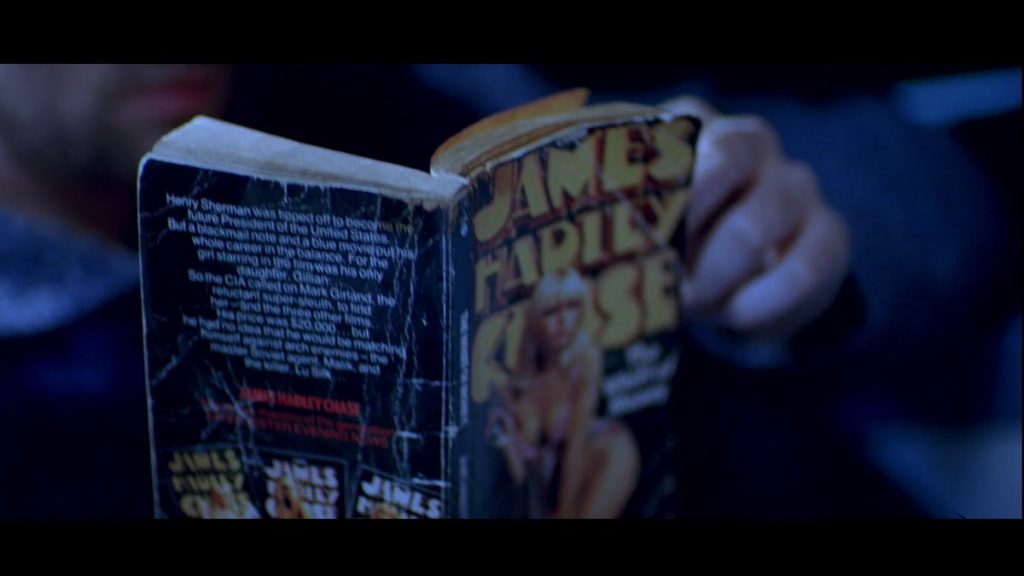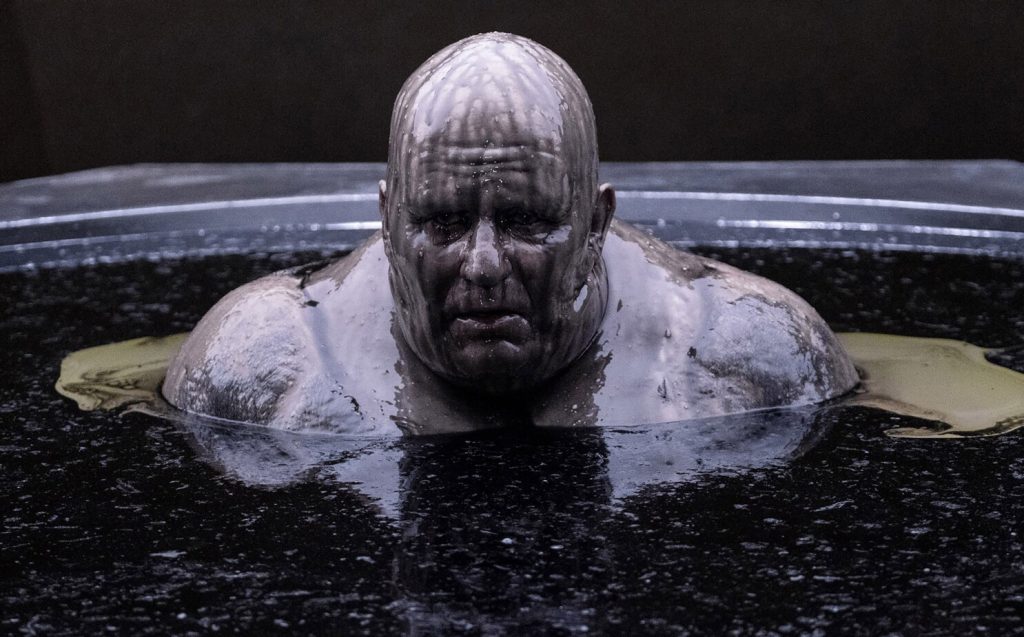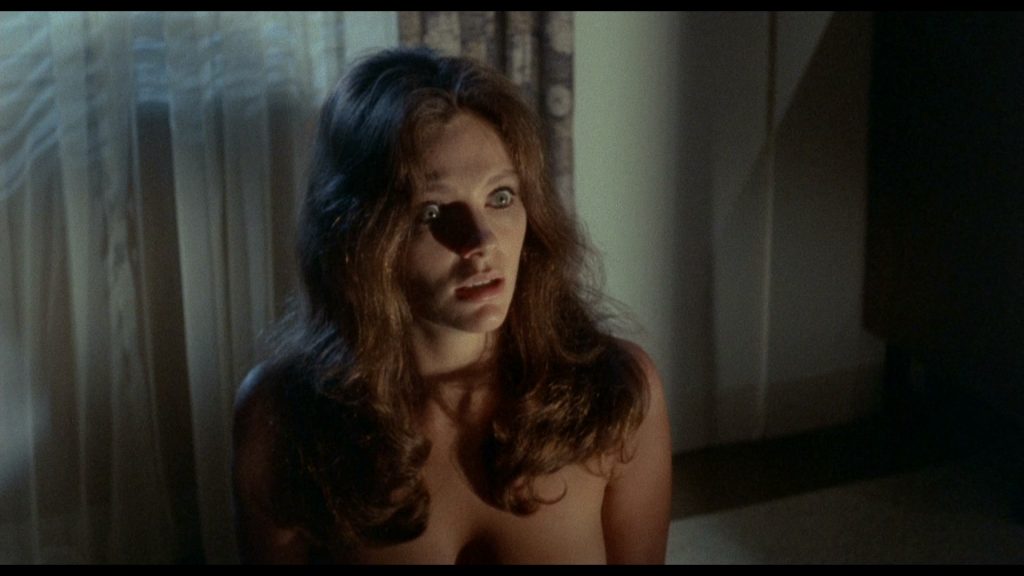Search
-
Recent Posts
- Dishing up Pulp Curry in a new way: why I am starting a Substack newsletter
- Book reviews: Deadly dames, midcentury Brit pulp and 1970s science fiction
- Mackenna’s Gold (1969): Gold, Ghosts and Frontier Violence
- Orphan Road book launch
- Orphan Road now available
- Pre-orders open for my new novel, Orphan Road
- Cover reveal: Orphan Road, my follow up to Gunshine State
- Breakfast in the Ruins podcast: New English Library Bikermania
- Why 1973 was the year Sidney Lumet took on police corruption
- Men’s Adventure Quarterly: Gang Girls issue
Categories
- 1960s American crime films
- 1970s American crime films
- 1980s American crime films
- 1990s American crime films
- Adrian McKinty
- Albert Dekker
- Andre De Toth
- Angela Savage
- Angie Dickinson
- Anthony Zerbe
- Asian noir
- Australian crime fiction
- Australian crime film
- Australian noir
- Australian popular culture
- Australian pulp fiction
- Australian television history
- Ava Gardner
- Beat culture
- Belmont Tower Books
- Ben Wheatley
- Billie Whitelaw
- Black pulp fiction
- Blaxsploitation
- Book cover design
- Book Reviews
- British crime cinema
- British pulp fiction
- Bryan Brown
- Burt Lancaster
- Carter Brown
- Charles Durning
- Charles Willeford
- Chester Himes
- Christopher G Moore
- Christopher Lee
- Cinema culture
- Claude Atkins
- Coronet Books
- Crawford Productions
- Crime Factory
- Crime Factory Publications
- Crime fiction
- Crime fiction and film from Africa
- Crime fiction and film from Cambodia
- Crime fiction and film from China
- Crime fiction and film from India
- Crime fiction and film from Indonesia
- Crime fiction and film from Japan
- Crime fiction and film from Laos
- Crime fiction and film from Latin and Central America
- Crime fiction and film from Malaysia
- Crime fiction and film from New Zealand
- Crime fiction and film from Scandinavia
- Crime fiction and film from Singapore
- Crime fiction and film from South Korea
- Crime fiction and film from Thailand
- Crime fiction and film from the Philippines
- Crime Fiction and film set in Vietnam
- Crime film
- Dangerous Visions and New Worlds Radical Science Fiction 1950 to 1985
- David Goodis
- David Peace
- David Whish-Wilson
- Derek Raymond
- Diana Dors
- Dirk Bogarde
- Don Siegel
- Don Winslow
- Donald Westlake aka Richard Stark
- Dystopian cinema
- Ernest Borgnine
- Eurocrime
- Fawcett Gold Medal Books
- Femme fatale
- Fernando Di Leo
- Filipino genre films
- Film Noir
- Forgotten Melbourne
- French cinema
- French crime fiction
- Garry Disher
- Gene Hackman
- George V Higgins
- Georges Simenon
- Ghost Money
- Giallo cinema
- Gil Brewer
- Girl Gangs, Biker Boys and Real Cool Cats: Pulp Fiction & Youth Culture, 1950-1980
- Gloria Grahame
- Gold Star Publications
- Gregory Peck
- Gunshine State
- Heist films
- Horror
- Horwitz Publications
- Humphrey Bogart
- Ian Fleming
- Interviews
- Ira Levin
- James Caan
- James Crumley
- James Ellroy
- James Hadley Chase
- James Woods
- Jim Brown
- Jim Thompson
- Joel Edgerton
- John Frankenheimer
- Joseph Losey
- Karen Black
- Kerry Greenwood
- Kinji Fukasaku
- Larry Kent
- Laura Elizabeth Woolett
- Lee Marvin
- Leigh Redhead
- Lindy Cameron
- M Emmet Walsh
- Mad Max
- Mafia
- Malla Nunn
- Martin Limon
- Megan Abbott
- Melbourne International Film Festival
- Melbourne Writers Festival
- Men's Adventure Magazines
- Michael Caine
- Michael Fassbender
- Mickey Spillane
- Monarch Books
- Ned Kelly Awards
- Neo Noir
- New English Library
- Newton Thornburg
- Noir Con
- Noir fiction
- Non-crime reviews
- Oren Moverman
- Orphan Road
- Ozsploitation
- Pan Books
- Parker
- Paul Newman
- Peter Boyle
- Peter Corris
- Peter Strickland
- Peter Yates
- Poliziotteschi
- Pulp fiction
- Pulp fiction in the 70s and 80s
- Pulp fiction set in Asia
- Pulp Friday
- Pulp paperback cover art
- Qui Xiaolong
- Raymond Chandler
- Richard Burton
- Richard Conte
- Robert Aldrich
- Robert Mitchum
- Robert Ryan
- Robert Stone
- Rock Hudson
- Roger Smith
- Rollerball
- Rosaleen Norton
- Roy Scheider
- Rural noir
- Sam Levene
- Sam Peckinpah
- Samuel Fuller
- Science fiction and fantasy
- Scripts Publications
- Sidney Lumet
- Sidney Poitier
- Simon Harvester
- Snowtown
- Snubnose Press
- Spies
- Stanley Baker
- Sterling Hayden
- Steve McQueen
- Sticking it the the Man Revolution and Counter Culture in Pulp and Popular Fiction 1950 1980
- Stuart Rosenberg
- Tandem Books
- Tart noir
- Tartan Noir
- Ted Lewis
- Toni Johnson Woods
- True crime
- Vicki Hendricks
- Victor Mature
- Vintage mug shots
- Vintage pulp paperback covers
- Wallace Stroby
- War film
- Westerns
- William Friedkin
- Woody Strode
- Yakuza films
- Yaphet Kotto
Nothing but noir
Recommended reading
The lurid world of pulp
- 20th century Danny Boy
- American Pulps
- Bear Alley
- Bloody, Spicy, Books
- Comics Down Under
- Everything second hand
- Existential Ennui
- Greenleaf Classic Books
- Irv O. Neil's Erotica is My Trade
- Killer Covers
- Lost Classics of Teen Lit 1939-1989
- Luminist Archives
- Men's Pulp Mags
- Mporcius Fiction Log
- Murder, Mayhem and Long Dogs
- Neglected Books
- Nocturnal Revelries
- Paperback Warrior
- Paperbacks of the Gods
- Pop Sensation
- Pulp artists
- Pulp Covers
- Pulp Crazy
- Pulp Flakes
- Pulp International
- Pulp Magazines Project
- Pulp Serenade
- Realms of the Night
- Romance Fiction Has a History
- Rough Edges
- Sin Street Sleaze
- Spy Guys and Gals
- The department of Afro American Research Arts & Culture
- The Dusty Bookcase
- The Haunted World of Richard Sala
- The Moon Lens
- The Nick Carter & Carter Brown Blog
- The Pulp & Paperback Fiction Reader
- Too Much Horror Fiction
- True Pulp Fiction
- Vault of Horror
- Vintage Nurse Romance Novels
- Vintage Romance Novels
- Welcome to the Pan Paperback
- Yellow and Creased
Support This Site
If you like what I do please support me on Ko-fi
Category Archives: Horror
Pulp on the big screen
This month sees the 50th anniversary of the Mike Hodges film, Pulp.
I feel like Pulp, which I reviewed on this site here back in 2016, does not get a lot of love from people, but I am a fan of its bizarre, at times almost campy noir vibe. Most of all, I like the fact that it is an ode to the era of mass produced literature and to a time when pulp, in all its forms, could still be dangerous.
The lead character is a sleazy expat British expat pulp writer called Mickey King, played by Michael Caine, a nod to the prolific writer Earl Stanley Gardner. King’s dialogue drips with sleazy pulp cadence and the film is full of images of pulp in its many forms.
Ever since watching this film, I have been on the look-out for signs of pulp in the movies. As a 50th anniversary tribute to the Hodges film, below are the screenshots of what I have managed to find so far. I am sure there are many others and I would love readers to alert me to ones I have missed or to help me identify the ones below that I have not been able to identify.
… Read morePosted in 1960s American crime films, 1970s American crime films, 1990s American crime films, Beat culture, British crime cinema, British pulp fiction, Crime fiction, Crime film, Film Noir, Horror, Men's Adventure Magazines, Michael Caine, Pulp fiction, Pulp fiction in the 70s and 80s, Pulp Friday, Pulp paperback cover art, Vintage pulp paperback covers, Westerns
Tagged Michael Caine, Mike Hodges, Pulp (1972), Pulp in movies, Pulp on the screen
Projection Booth podcast #543: The Mephisto Waltz (1971)
I had a great time co-hosting for the latest episode of Mike White’s Projection Booth podcast, on Paul Wendkos’s 1971 occult thriller, The Mephisto Waltz. The episode features a very special guest, Jacqueline Bisset. The Mephisto Waltz is one my favourite 1970s occult thrillers, occupying as it does a liminal space between the aesthetic forms and conventions of made for TV horror movies – hugely popular format in the 1970s – and big screen productions. We talked a lot about the film’s similarities to Roman Polanski’s 1968 movie, Rosemary’s Baby, other examples of occult transference cinema, and how the occult, along with other strange & unexplained phenomena – UFOs, the Loch Ness monster, the Bermuda Triangle – were much more a part of everyday public discussion in the late 1960s/1970s. You can access the entire episode at the Projection Booth site here.… Read more
Interview: James Herbert
Regular readers of this site will be familiar with my fascination with New English Library paperbacks of the 1970s, as well as my confoundment that no one has yet written a comprehensive history of the incredibly influential mass market publisher. The first of the pulp and popular fiction histories that I co-edited for PM Press, Girl Gangs Biker Boys and Real Cook Cats: Pulp Fiction and Youth Culture, 1950-1980, focused in some depth on NEL’s youthsploitation books (bikers and the skinhead and other paperbacks written by James Moffat aka Richard Allen), including re-published important material written by British critic Stewart Home. NEL was also included in my second PM Press book, Sticking it to the Man: Revolution and Counterculture in Pulp and Popular Fiction, 1950-1980. I’ve read bits and pieces on NEL, how they worked, their authors and their books around the place, mainly on-line, but there is nothing comprehensive I am aware of that has really pulled all this disparate information together and properly analysed the significant of NEL to 1970s British print culture.
Anyway, when award winning writer, author and horror historian Johnny Mains mentioned to me during an online discussion that he had an interview with one of NEL’s best known authors, James Herbert, that didn’t have a home, I was keen to provide one.… Read more
Posted in Book cover design, British pulp fiction, Girl Gangs, Biker Boys and Real Cool Cats: Pulp Fiction & Youth Culture, 1950-1980, Horror, Interviews, New English Library, Pulp fiction, Pulp fiction in the 70s and 80s, Pulp paperback cover art, Sticking it the the Man Revolution and Counter Culture in Pulp and Popular Fiction 1950 1980
Tagged Bill Phillipps, Bob Tanner, British horror fiction, Cecil Smith, Creed, Dot Lumely, Guy N Smith, James Herbert, James Moffat, Lenny Henry, New English Library, Richard Allen, Stewart Home, Survivor, Survivor (1976), Terry Harknett, The Edge, The Fog, the nasties, The Rats, The Secret of Crickley Hall, Walter Briggs
Ghostly Messages: Australia’s Lost Horror Anthology, ‘The Evil Touch’

In a June 2017 article in Fortean Times, the British magazine concerned with strange and paranormal phenomena, writer and broadcaster Bob Fischer discussed how the sensation of not being exactly sure what you were watching on television, or not being able to recall the details with any precision, was a common experience in relation to consuming visual culture in the 1960s and 1970s, before the advent of streaming, DVD, and VHS. This sense of “lostness”—of incomplete and unverifiable experience—is also what makes these memories such powerful nostalgia prompts.
The television viewing experience that most encapsulates this sense of lostness for me is a little-known, American-backed, Australian-made horror anthology series, The Evil Touch, that debuted on Sydney screens in June 1973 and in Melbourne a month later. Largely forgotten now, American critic John Kenneth Muir referred to the show in his 2001 book, Terror Television: American Series 1970-1999, as the “horror anthology that slipped through the cracks of time.” The Evil Touch has never had an official DVD release, although poor quality versions of some episodes can be found online, or as bootleg editions originally copied from television on VHS. It is not even known who now owns the rights. But the program was significant in many ways.
You can read the rest of the piece in full here at the We Are the Mutants site.… Read more
Posted in Australian popular culture, Australian television history, Dystopian cinema, Horror, Science fiction and fantasy
Tagged 1970s Australian television, Australian horror television, Fortean Times, horror pulp fiction of the 1970s and 1980s, John Kenneth Muir, Lost horror television, Lost television, Mende Brown, Television anthology horror, The Evil Touch

